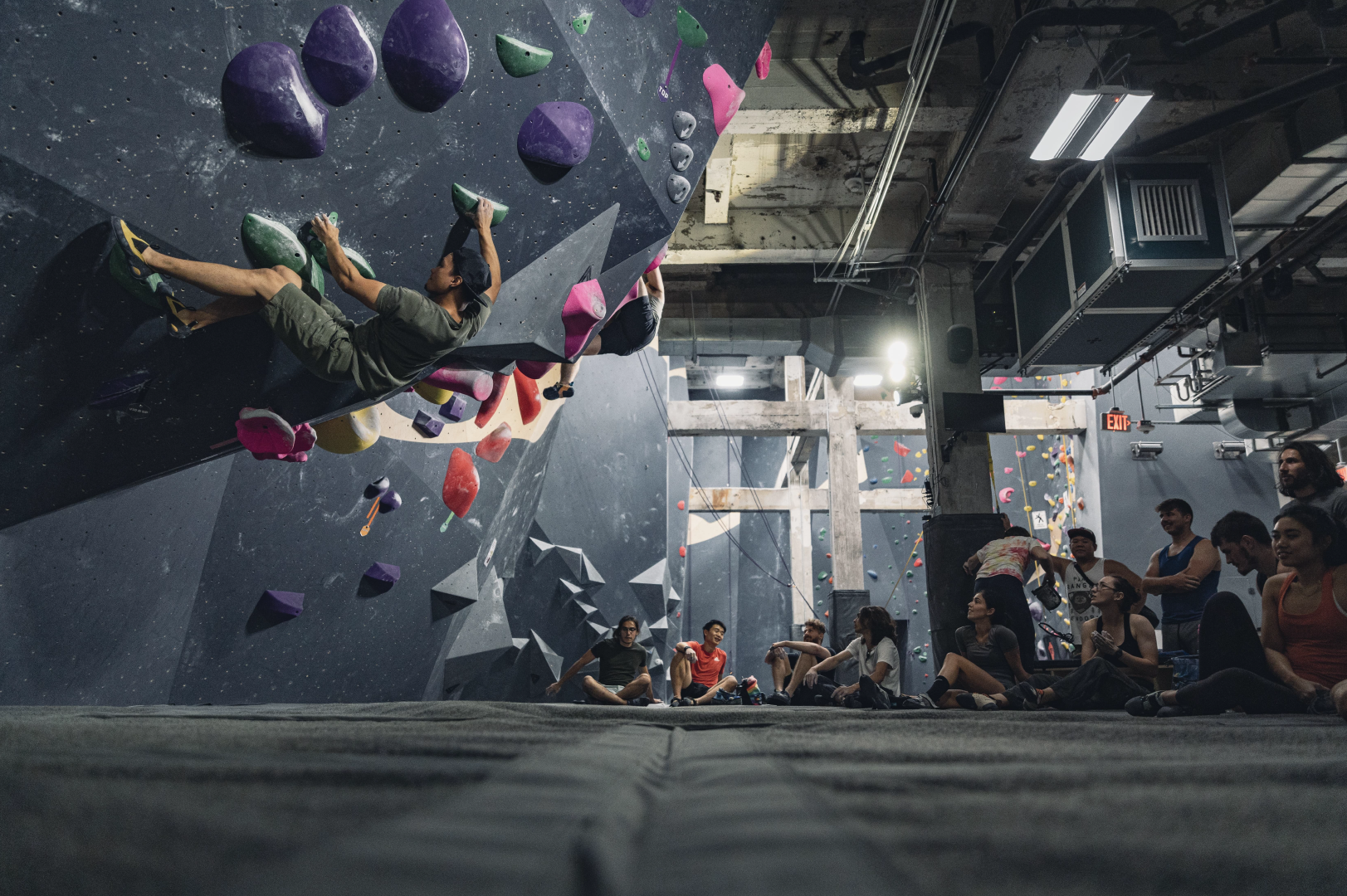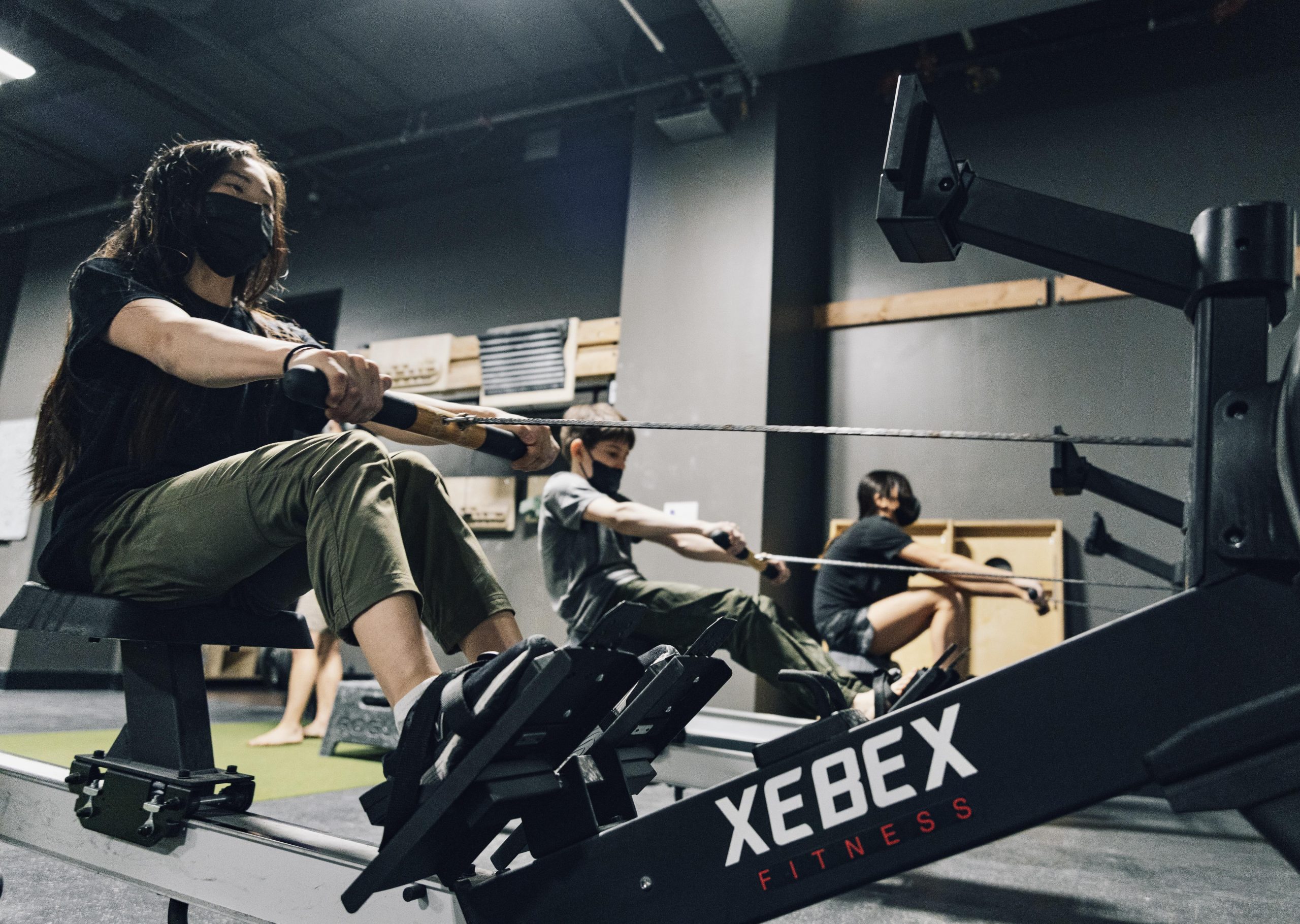Your climbing project is right there… Whether that means the climb is close by, you’re close to sending it, or both! But why haven’t you sent, yet?
Are you hundreds of miles away from the rock you want to climb? Is the weather not cooperating with your weekend climbing escapades? Is work keeping you late and not giving you the chance to have those evening sessions?
Whatever the case may be, you’re not alone. Climbers all over are experiencing the same issue. Some of the most common complaints climbers have when they haven’t sent their projects include, “The conditions aren’t right,” or “There are no rocks for hours in any direction where I live,” or even, “My boss won’t let me hop on the proj.” (We’re sure someone somewhere has said that last one.)
Look, getting out to the project may not happen as often as you like, so you may be stuck indoors. The mental challenge of training indoors for something that’s meant to be outside is tough. Realistically, you’ll just you’ll only get stronger in the meantime; if you stay consistent, that is. Anyway, here are some practical and effective strategies to keep your progress steady until you can get back to your project.
1. Recreate Outdoor Movement Indoors

Climbing gyms are excellent for climbers of any experience. For those looking to train solely for their outdoor projects, you may have to get a bit creative, but a modern gym will have everything you need to crush your project next time you can get out to it.
For example, consider the style of climbing your project is and focus on imitating that kind of movement any way that you can in the gym. Hangboards and campus boards are great climbing training tools for those looking to level up their grip and finger strength to send their outdoor projects.
If your objective is a big wall or just a really long route, you must learn how to adapt this kind of endurance with treadwalls or circuit training in the gym. ARCing will become your best friend.
It’s important to focus on movement patterns and not just strength throughout this focus. You can be the strongest you’ve ever been, but if you don’t know how to use your strength on the wall, then it won’t matter come sending session.
2. Build Foundational Strength and Stability
You need more than just your typical climbing strength to tackle your outdoor projects. Why? Well, unless your project is roadside, then you have an approach to deal with. You don’t want to be too tired from the approach to try your project, right?
Key exercises to focus on for functional strength include large muscle group maintenance like pull-ups, deadlifts, weighted carries, core rotations, and single-leg balance work. Mix in a combination of these throughout your week to keep your fitness level ready to tackle the approach.
3. Work on Endurance and Cardio Conditioning
Your cardio conditioning is more than your fitness endurance. The role that aerobic fitness plays for long approaches, days on the wall, or outdoor labor projects is incredibly important if you plan to do anything in the backcountry that will take some time.
Indoor cardio methods to help you crush that long approach or stay in the game when you’re pushing on that big wall include exercises like: stair sprints, rowing machines, and HIIT circuits. The combination of working out your muscles while conditioning is a great way to get the most bang for your buck without spending hours in the gym.
4 . Improve Mobility and Injury Resistance

Climbing, even just hiking, can require some funky body movements. High feet, awkward side-stepping, and uneven terrain require great mobility. The importance of flexibility for outdoor movements can give you the peace of mind to tackle intense trails and tough walls.
The best way to improve your mobility and injury-resistance is through yoga, dynamic stretching, and mobility drills that mimic reaching, twisting, and stepping on uneven terrain. Train these areas for when you finally get to escape to your project!
5. Mental Training and Visualization
Write it down, film yourself doing it, go over it in your head—do anything you must to remember the sequence for your outdoor project and study it before you hop on the wall. This type of mental training will help you stay sharp and save energy because you’ll have your brain wired for each move.
While rehearsing the route in your head is great for working on the elusive project, there is another side of mentality that must be worked on. Your mental endurance, literally your ability to mentally endure a big day on the rock, is necessary for that big project you have in mind. Some ways to prepare for this are through meditation, breathwork, and stress management.
Staying mentally sharp keeps skills fresh even without rock or real terrain, and sets you up to pick up right where you left off the last time you climbed outside.
Are You Prepared For Your Outdoor Project?
Just because you’re pulling on plastic more than you’re touching rock doesn’t mean you’re losing progress on your project. Climbing training can set you ahead and leave you stronger for the next time you get out to the crag!
There is a blend of strength, endurance, mobility, and mindset that one must balance if they wish to send their outdoor projects. Take the time to become well-rounded, and by the time you’re back outdoors, you’ll not only be ready—you’ll be stronger and more confident.
